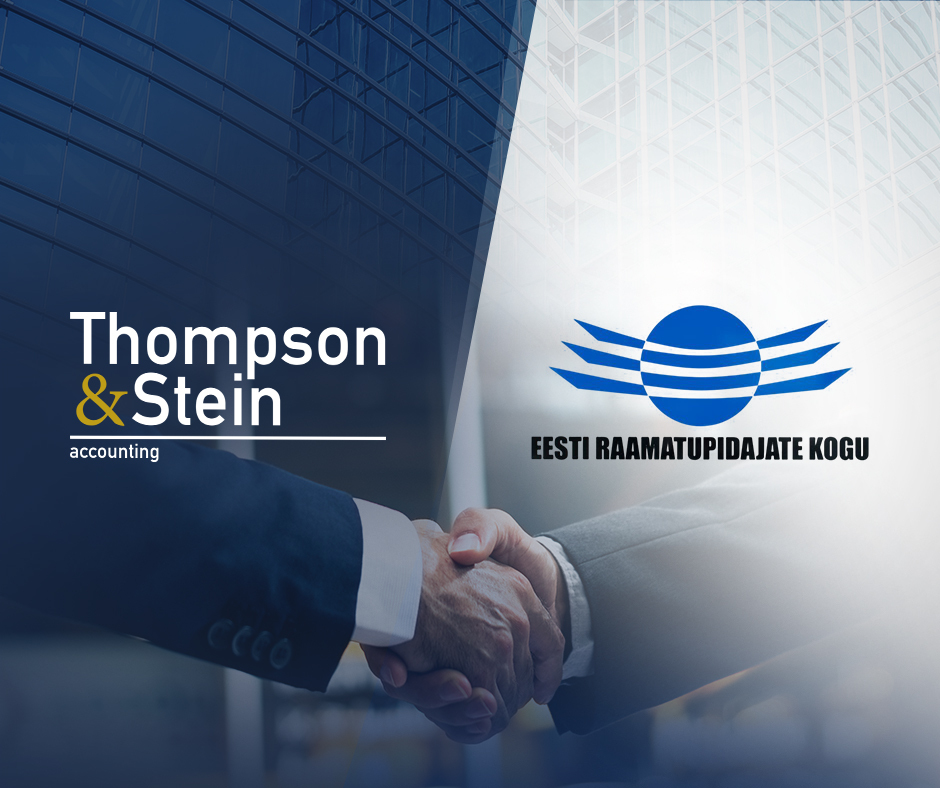As of January 1, 2025, new tax regulations have come into effect in Estonia, introducing modifications to income taxation, VAT, and vehicle-related fees. Despite some increases, Estonia’s tax system remains […]
What is EORI number and how to get one in Estonia?
Economic Operators’ Registration and Identification system operates in each country of the European Union. This system was established for customs authorities information about goods flow between the countries of the Community and the third countries (outside the EU).
EORI number is the identifier of the economic entity with the customs authorities and is a single number which is unique for each individual and valid throughout the Community. EORI number can be granted only once.
The taxation rules of a dividend from an Estonian company
How to calculate the value of CIT on dividends?
One of the possibilities of paying out the profit achieved by an Estonian company is the payment of dividends. As a rule, the dividend payment generates 20% CIT on the gross amount, which corresponds to 25% on the net amount. Taxation of the dividend is expressed by a ratio of 20/80 of the paid out amount. The tax due can be calculated using two alternative methods.
The tax amount calculated during the distribution of the entire profit generated by the company
Licences and permits in Estonia – when will you need one?
When you set up a company abroad, it is necessary to analyse, at the very beginning of the registration process, whether it is necessary to obtain a licence or permission for your type of activity. This is particularly important because each country in the European Union has different regulations for particular types of business activity subject to regulation and licencing. It is worth noting that in some cases one of the requirements is to operate in a certain legal form, ex. as a Joint Stock Company or to have a certain share capital. Therefore, it is worth consulting your plans with a law firm before starting your business to avoid costly mistakes at later stages.
Company in Estonia. For whom is this a good solution?
Establishing a company in Estonia is a particularly good solution for new technologies industry. Thanks to effective legislative processes and transparent legal environment, it is beneficial for cryptocurrency exchange or token issuing companies. What’s more, setting up a company in Estonia is also much easier and cheaper for firms active in traditional industries such as finance and shipping.
When Estonian company should be subject to an audit?
An audit is a detailed examination of the company. The auditor assesses correctness of the annual financial statement, which represents the economic situation of the company in a reliable and credible way.
Criteria that determine the audit obligation
The matter of audit and Review is regulated in the Estonian “Audit Activities Act”.
Mandatory audit concerns entities which have shown at least two of the following values in their annual report:
Sales revenues of more than EUR 4 000 000;
Total assets of more than EUR 2 000 000;
Average number of employees at least 50.
Shareholder structure in the Estonian OÜ company
By establishing the Estonian OÜ company, each founder must make important decisions with respect to the newly created legal entity. The matters which should be taken into account include the amount of share capital, the personal composition of the management board and most importantly the shareholder structure.
Who can become a shareholder in OÜ?
When analyzing the issue of the shareholder structure in the Estonian OÜ company, many people wonder how to properly construct it. Similarly, to other countries e.g. Poland, there is freedom of choice here. The shareholders of the newly created entity can be both natural and legal persons (individuals and entities). There are also no restrictions on their residences. Thus, foreigners are allowed to own 100% of the company’s shares. Depending on the adopted shareholder structure, it will be necessary to provide various documents before registering the Estonian company.
Dividend from the Estonian company – rules of distribution
Verify if the company has paid-up share capital
In order to pay out a dividend from an Estonian company the minimum share capital of 2500 euros has to be paid in advance. When establishing a company in Estonia, you have the possibility to postpone the payment of the share capital until after the whole process of registration is completed. This may lead to a situation in which the company operates despite unpaid share capital. Therefore, before you decide to pay out a dividend make sure that the share capital had been fully paid.
Make sure you have met all the formal requirements
The payout of dividend is made on the basis of the financial result shown in the annual report. That’s the reason why the company’s annual report has to be accepted and signed by all members of the board. In addition, make sure that the amount you wish to pay out does not exceed the retained/not distributed profit shown in the company’s annual report. Moreover, you should ensure that after the pay out of the dividend company’s net assets will not fall below the value of the paid-in or minimum share capital – depending on which of these values is higher. If you met all the conditions mentioned above, you can proceed to the next step.
What is MOSS? Calculating VAT when selling electronic services
If you run a business supplying largely automated electronic services in Estonia this article is for you. Our law firm’s Partner, Krzysztof Sosnowski, gives some tips to treat VAT correctly on e-Residency blog.
We joined the Association of Estonian Accountants
In order to provide the highest quality of our services, we are constantly aiming to strengthen our position in the accounting area. Thus, we are glad to inform you about us joining the Association of Estonian Accountants (AEA). By participating in the organization, we have the opportunity to engage in an active discussion on the changes in Estonian tax law, as well as express our opinion. Moreover, by participating in the AEA we will be able to take part in discussions with the Ministry of Finance on the continuous development of accounting area.
The AEA was founded in 1996. The organization unites more than 650 members, which include both natural and legal persons. The aim of the association is to educate and qualify accountants. Moreover, it actively engages in a dialogue with the government on the development of accounting.
Expenditures of the OÜ company in Estonia. When do you have to pay tax on it?
The Estonian CIT structure, which is collected only at the time of distribution of profits, also required the implementation of mechanisms that counteract hidden dividend payments. Seemingly, it is easy to classify expenses that are necessary to ensure business continuity and work efficiency. However, very often entrepreneurs are not aware at the time of the transaction that they thereby generate a taxable purchase. We decided to facilitate this by preparing a list broken down into those expenses that do not require the payment of taxes and those on which you must pay corporate income tax. We want to stress that our list presented below is general, and expenditure should always be assessed on a case-by-case basis, taking into account the company’s activities.
Untaxed expenditures incurred by the OÜ company in Estonia










